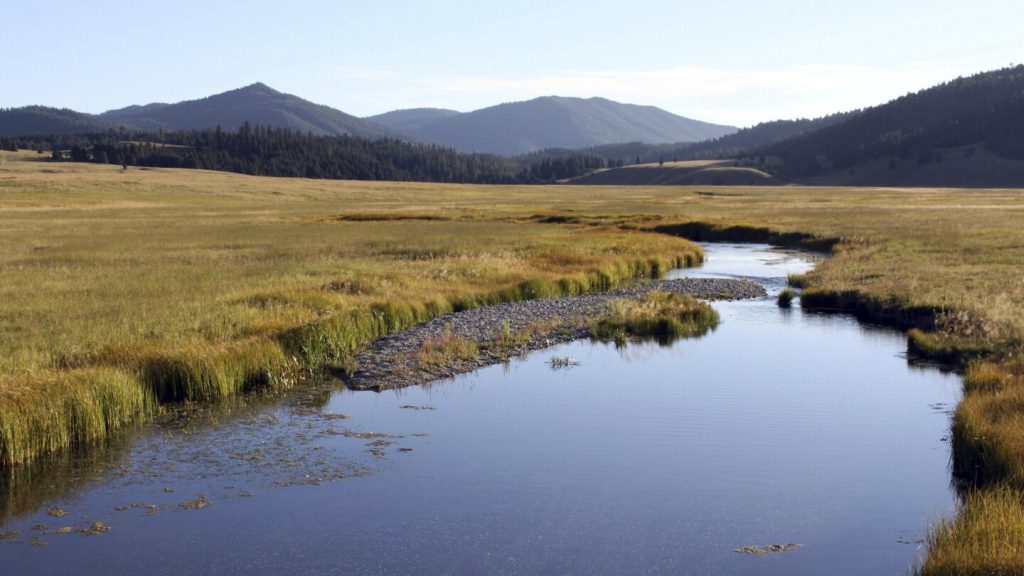The U.S. government and the Jemez Pueblo tribe in New Mexico have reached a settlement in a long-standing legal battle over claims to the Valles Caldera National Preserve. The case began in 2012 when the pueblo asserted its claims to the entire preserve, spanning nearly 140 square miles. The agreement recognizes the pueblo’s rights to occupy and use a specific area within the preserve for traditional cultural and religious purposes. This settlement follows a 2023 ruling that acknowledged the pueblo’s title to a portion of the preserve known as the Banco Bonito area.
Interior Secretary Deb Haaland, a member of New Mexico’s Laguna Pueblo and the first Native American Cabinet secretary in the U.S., emphasized the importance of allowing Indigenous people to live and worship on their ancestral lands. She stated that the federal government has been working with tribes to facilitate co-stewardship of public lands that include ancestral homelands. The settlement with Jemez Pueblo signifies a new approach to managing land disputes by incorporating tribal input and recognizing their cultural and spiritual connection to the land.
The settlement has generated excitement and optimism within Jemez Pueblo, as it marks the first time a tribe has successfully argued and won a case asserting aboriginal property rights through the American judicial system. Attorney Randolph Barnhouse described the settlement as monumental, highlighting the partnership between the tribe and the government to achieve joint stewardship over the land. The pueblo’s claims to specific areas within Valles Caldera were narrowed following a 2019 court ruling that initially found clear government title to the preserve. The 2023 ruling by the 10th U.S. Circuit Court of Appeals confirmed the pueblo’s title to the Banco Bonito area.
Valles Caldera is considered a spiritual sanctuary and part of Jemez Pueblo’s traditional homeland. The preserve is home to diverse ecosystems, including vast grasslands, remnants of volcanic eruptions, and a famous elk herd. The area has been used by numerous tribes and pueblos for hunting, gathering, and cultural and religious practices for over 800 years. Redondo Peak, the highest mountain in the caldera, holds religious significance and features multiple shrines used in religious pilgrimages. While some court filings have been redacted to protect traditional and culturally significant locations, tribal officials view Valles Caldera as a spiritual mother and important cultural site.
The settlement between the U.S. government and Jemez Pueblo reflects a shift towards collaborative land management practices that prioritize Indigenous rights and traditions. The pueblo’s success in asserting its aboriginal property rights sets a precedent for future land disputes involving tribal claims. By recognizing the cultural and spiritual significance of ancestral homelands to Indigenous peoples, this settlement demonstrates a commitment to preserving and honoring Native American heritage. Moving forward, the partnership between Jemez Pueblo and federal land managers will establish a framework for joint stewardship ensuring the protection and preservation of Valles Caldera for future generations.


